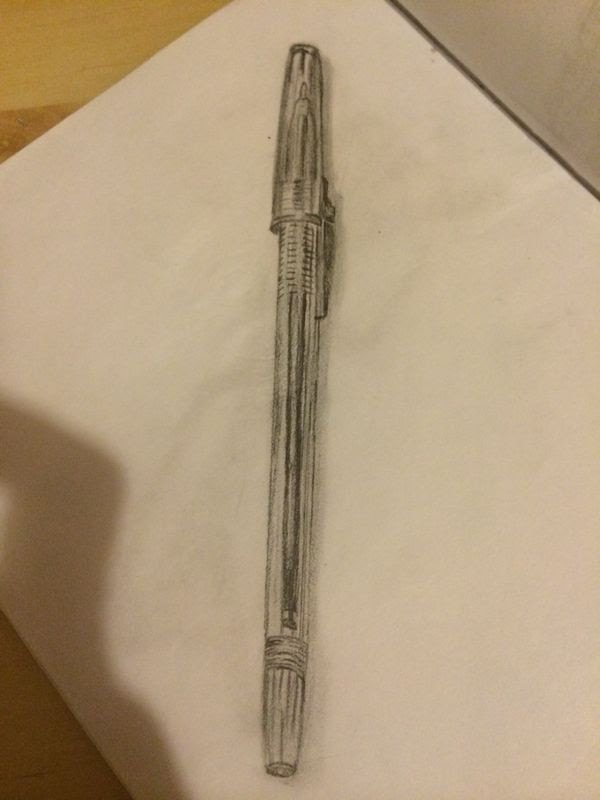Crash course in journalism, lesson 5: Using your notebook in the field.
Note: this post is a part of a crash course in journalism. If this is the first post from the series you encountered, it is highly recommended to start the course from the beginning. See index of previous lessons at the end of the post.
Remember that notebook I asked you to buy? Well today’s lesson is about how to use it while doing field work. I will mention the notebook again while talking about interviews.
As you probably saw in old movies, a pocket notebook and a pencil, used to be the only means that journalists had to document their field work. Today of course, things are different. We all have cameras and voice recorders in our smartphones (I will talk about these in another lesson), and you may wonder why do you still need a notebook.
The answer is that we simply can't trust our memory. Not just in the sense that we forget allot but also in the sense that we “remember” things that never really happened. So if you want to make sure your field work is truthful, you have to write things down.
What do you write in your notebook while in the field? Three kinds of things:
The first thing is facts. Dates, places, names of people you talked to and so on.
The second thing is your observations from the event. What is it like? How does it feels? What does it remind you of?
And the third thing is important ideas and quotes. This is something that I do all the time, even out of specific context. People sometimes hear me say, “Well this one goes into my notebook”.
You have to do all this while writing very quickly and without losing touch of the events, so you should learn how to make up your own acronyms, short forms and symbols language. If I’d show you my notebook, it will look to you as a complete mess. My handwriting is terrible in all circumstances, but in my journalist notebook it is even worse. In fact, I can't understand much of what I wrote there myself.
Fortunately, you only need the messy scribbles in the notebook for a short while, because as soon as you have some time to do a more orderly work,you sit down and you make a two columns table. You write your observations on the left side, and the facts that support your observations on the right side and then you match them to one another. You also make a clearer copy of the quotes and important ideas you collected. You can use the notebook for that too, but I personally, prefer to have the “clean material” already in digital form. It's easy to do nowadays, using “Google notes” or similar smartphone apps.
This is the raw material that you are going to work with. There is still some work to do before you will go to the actual writing, as I will explain in the next lessons.
So that's it for today's lesson. No exprecies in the meantime since no one seems to submit them (except of @ken-and-jane , thank you for that one). I hope you are practicing without telling me. So just go out there and collect stories.
Index of previous lessons:
Lesson number one: Buy a notebook
